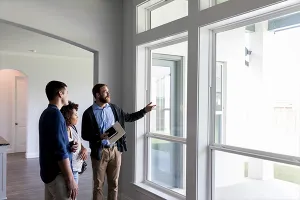Hazards & Disclosures
Real estate professionals must disclose all known material physical defects on the property.








To reduce the risk of a costly misrepresentation claim, it’s essential to be familiar with applicable property disclosure laws.
Real estate professionals must disclose all known material physical defects on the property.
Learn the basics of identifying stigmatized homes, how stigma affects property values and what you need to disclose to potential buyers.
Today’s go-anywhere communications technology also means it has never been easier for thieves to siphon funds, disrupt transactions and harm clients.
Errors and omissions (E&O) insurance programs reduce the risk to sales associates and the real estate firms they represent against potential lawsuits.